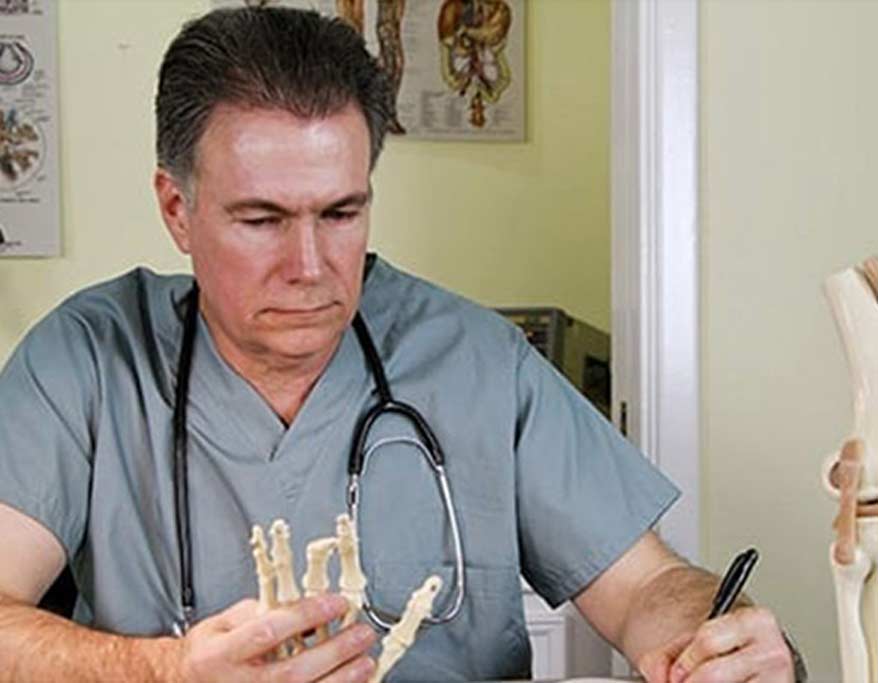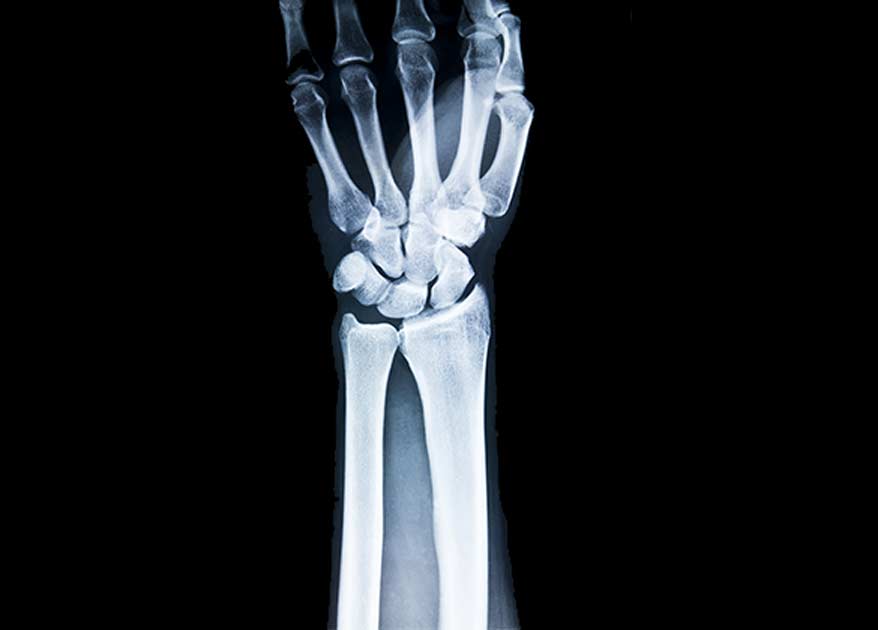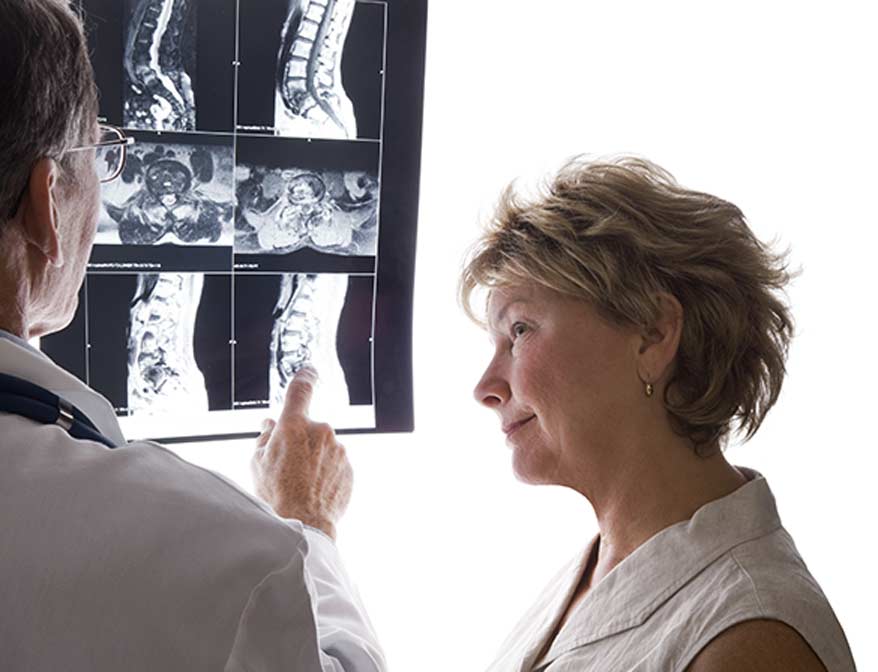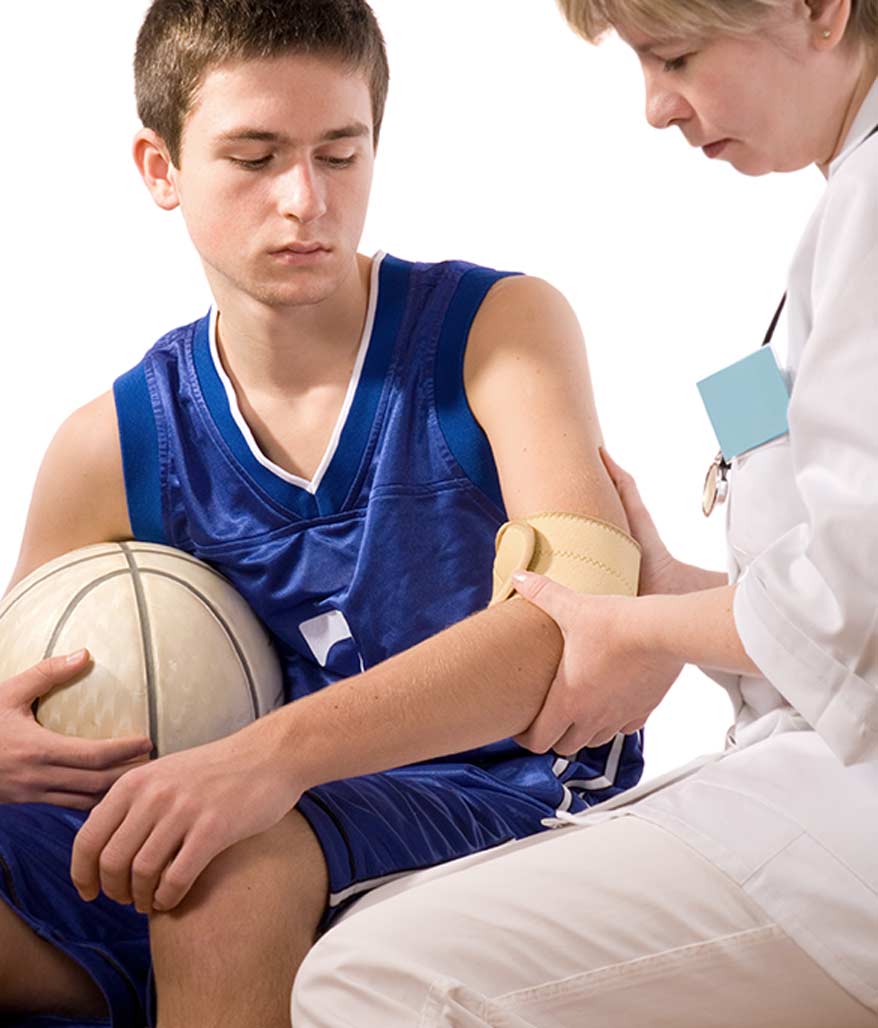Get the best possible care at our orthopedic center.
The Orange County Orthopedic Center specializes in quality care regarding Mission Viejo orthopedics. Patients visiting the center have access to the area’s best orthopedic doctors, who are able to:
- Make an accurate diagnosis
- Treat a wide range of orthopedic conditions
Which conditions do you see patients for?
We have experience treating patients for conditions such as:
- Carpal tunnel – Characterized by the pressing of the carpal tunnel nerve, which runs from your hand to your forearm
- Golfer’s elbow – Pain in the tendons on the inside of your elbow
- Tennis elbow – Inflammation of tendons outside of your elbow
- Plantar fasciitis – Inflammation of the band of tissue supporting the foot’s arch
- Achilles tendonitis – Pain and stiffness in heel, near Achilles tendon
- Sprains – Stretching or tearing a ligament’s fibers
- Osteoarthritis of the hip – Wear and tear that happens over time, resulting in pain and stiffness
- Bursitis of the hip – Inflammation of the bursa, a small sac that reduces friction between bone and tissue


- Hamstring strain – Injury to a muscle in the back of the thigh, caused by overloading
- Torn ACL – A torn anterior cruciate ligament, a common knee injury for athletes that causes swelling, pain, and decreased range of motion
- Runner’s knee – Pain in the knee that is common in runners and other athletes
- Rotator cuff tears – A tear in the group of muscles and tendons that secure your upper arm to the shoulder socket
- Tendon tears – These can occur all over your body (tendons attach muscle to bone) and can result in pain and weakness
- Broken collarbone – Caused by a direct hit to the shoulder, resulting in pain and difficulty moving your arm
- Spinal stenosis – Narrowing of the spinal canal
Contact your orthopedic surgeon in Orange County to find out how we can help you find relief today.
What makes an orthopaedic surgeon different from a family doctor?
Your orthopaedic surgeon in Orange County has received significant specialized training following standard medical school, including an orthopaedic surgery residency program. This program involves time spent in emergency rooms and operating rooms, allowing doctors to gain additional insight into emergency situations and routine procedures alike. Our doctors have also completed subspecialty training in an area that interests them in order to form a unique focus of orthopaedic medicine. For example, many orthopaedic doctors choose to specialize in sports medicine, while others focus on chronic pain relief.
Since orthopaedics is the study of the musculoskeletal system, orthopaedic doctors are specially trained in conditions and injuries that affect the bones, muscles, tissues, and joints in the body. This involves intuitive diagnostic techniques and abilities, as well as the care of both overall health and conditions that require more precise surgical treatment.


Which types of treatments are available?
For the majority of orthopaedic conditions and injuries, the best type of treatment involves a combination of at-home and in-office care. All of the treatments recommended by your orthopaedic surgeon in Orange County are designed to coordinate with one another in order to provide you with complete relief.
At home, you might be told to try the R.I.C.E. method, especially for injuries. The R.I.C.E. method involves rest, ice therapy, compression, and elevation to relieve pain and reduce swelling. There are also many exercises and stretches you can do at home that will help you to regain strength, flexibility, and range of motion over time.
Other at-home treatments involve braces, splints, custom foot orthotics, and other simple pieces of equipment that can provide stability and force the affected area of your body to rest.
In the office, your treatment might include pain relief injections, casting, and in some cases, surgery to fix your issue.
You can be confident that our doctors will suggest the treatment method that will get you back to your regular activities the quickest. It is very important to follow all of your doctor’s suggestions. For example, if you choose to rest and do ice therapy, but are not doing the stretches and exercises suggested by your doctor, you are not giving the affected area as much of a chance to regain strength. Follow your doctor’s recommendations carefully, and be sure to call your doctor if you need clarification, alternatives, or have other questions that need to be answered.


